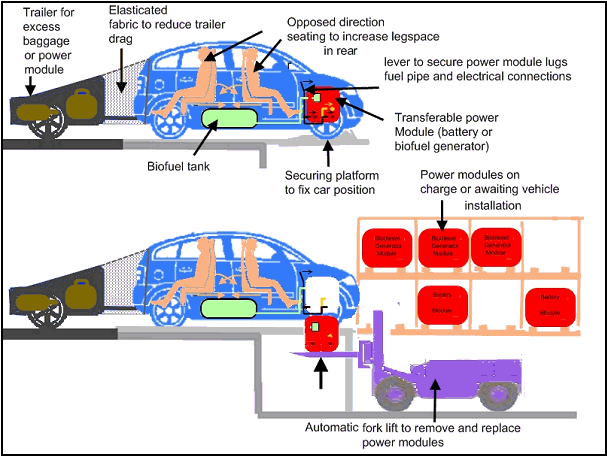
Figure 25 Replacing a modular power unit at a SWAP station
Also illustrating, opposed seating and a method for combining a combined car and trailer design to minimise
vehicle size and reduce aerodynamic drag
The power module(s) would require standardised fittings so the SWAP station infrastructure can be used
interchangeably for a variety of cars. In the example illustrated in figure 25 two sets of fastenings are used to
secure the module in place, one which is released from inside the passenger compartment and another when the
unloading fork touches the module from underneath.
The discharged battery modules are placed on a charging shelf where they are tested, charged, serviced, recycled
or replaced if necessary. Hence the modules would be rented and not owned. This system not only provides a
means of extending driving range but also ensures the power modules are kept in good working condition and
reduces the capital cost of owning the batteries. The reduced cost of using mains electricity would also
compensate for the battery hire costs as indicated in figure 13.
The Module SWAP station, would contain a bank of battery modules being charged from the mains supply or
perhaps a local combined heat and power scheme. Over the long term, as the power supply network changes to
more sustainable sources of energy, a national or international charging network that could use a variety of low
or zero carbon energy sources including wind, tidal, nuclear and carbon capture and storage (CCS) power
stations would be used. Stationary batteries could be charged overnight using the cheaper excess electricity
available at this time. These could be also used as an energy store to even out supply and demand surges in the
grid, thereby allowing a greater proportion of intermittent energy sources such as wind (see figure 26).

